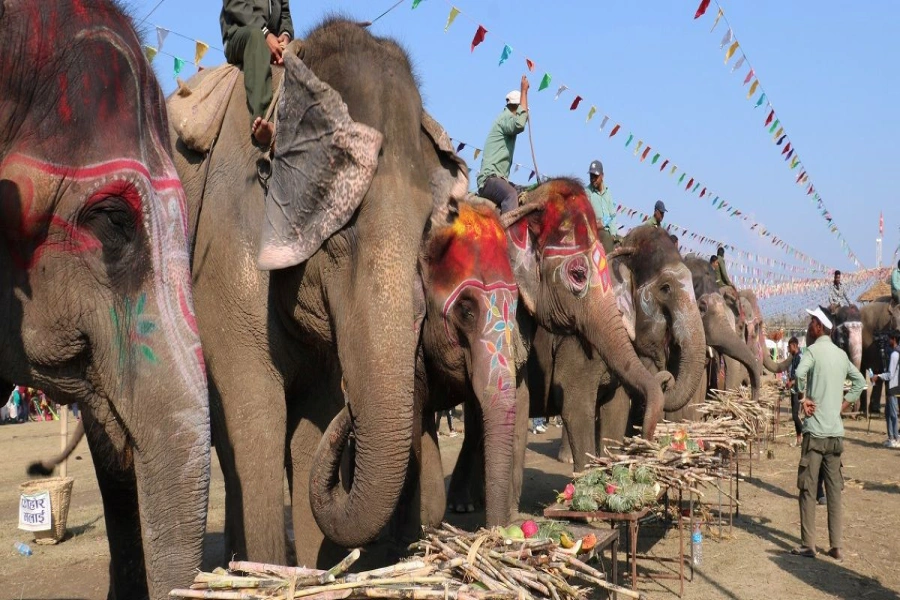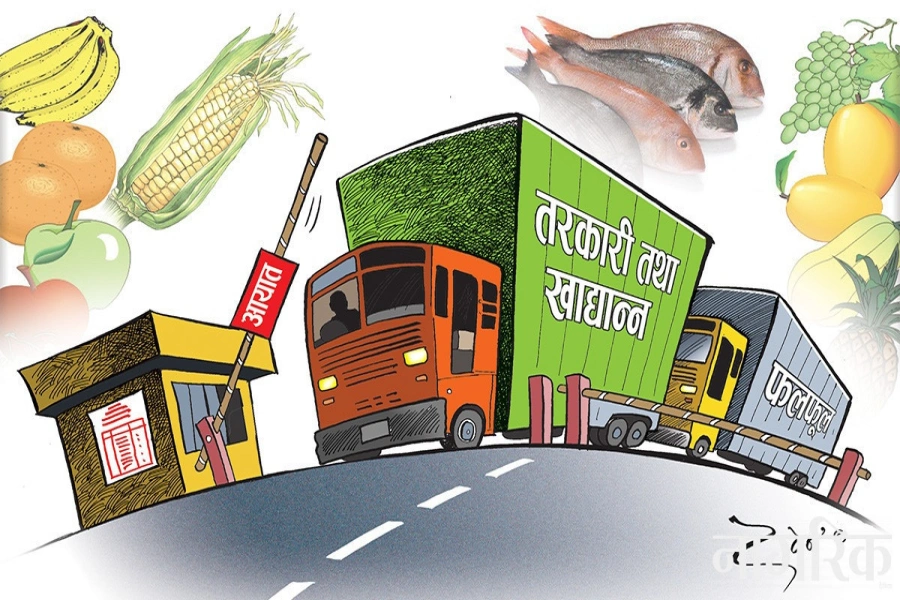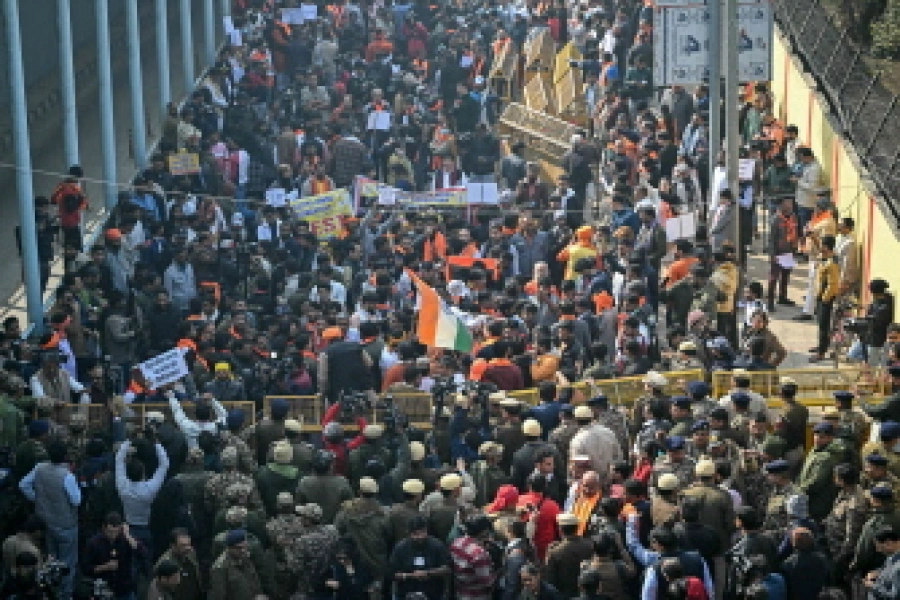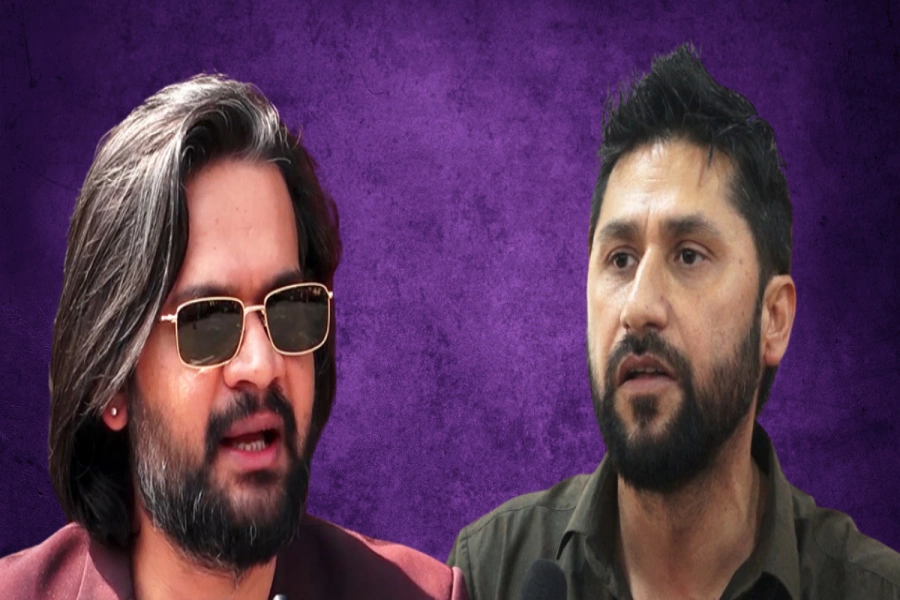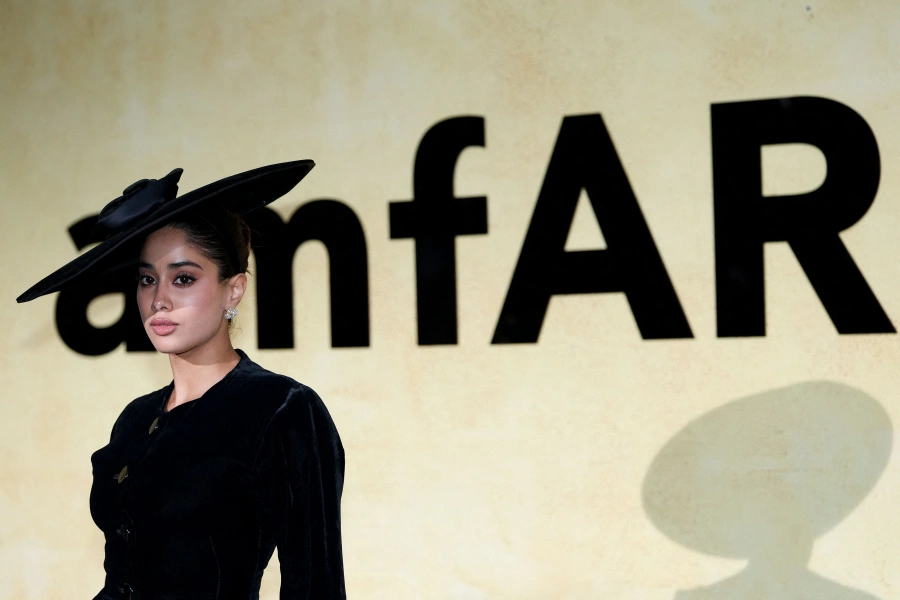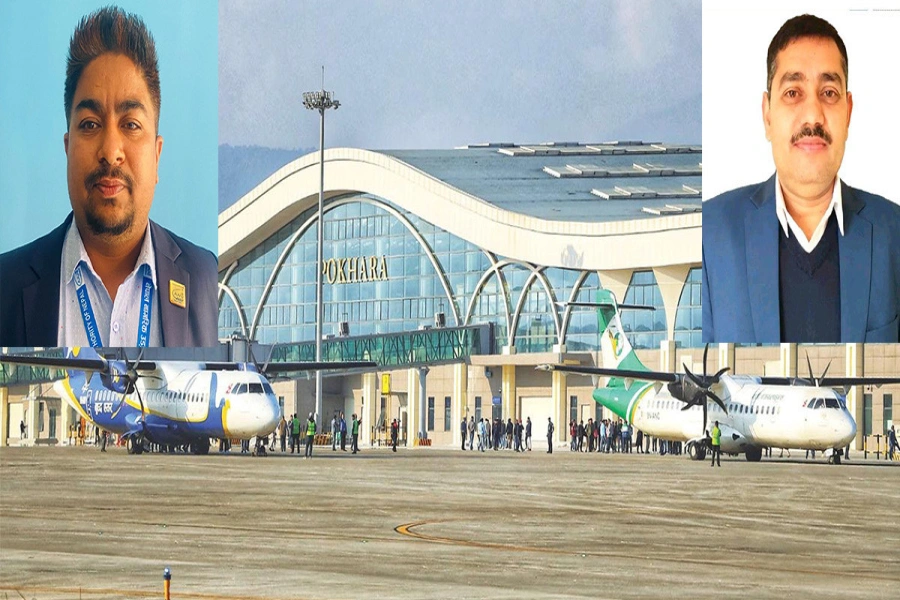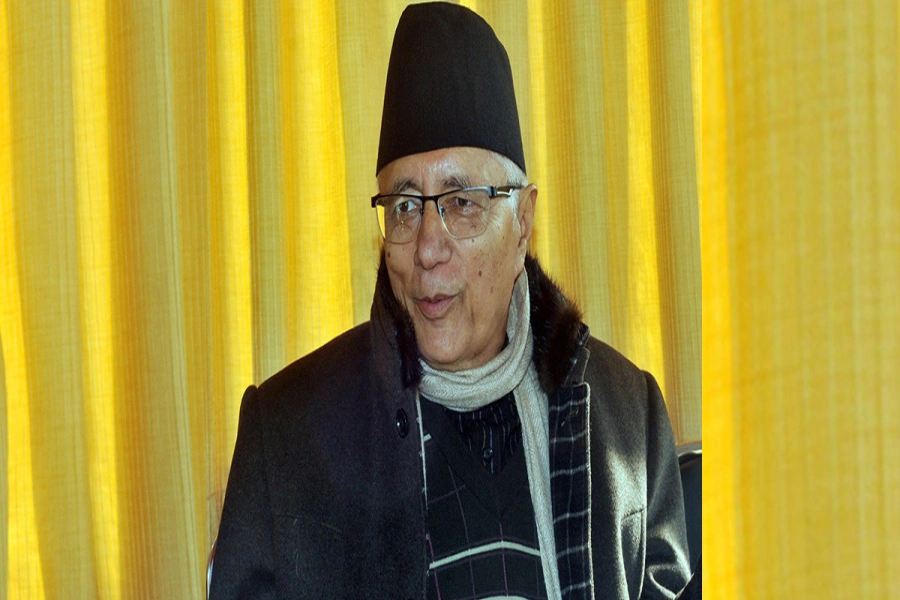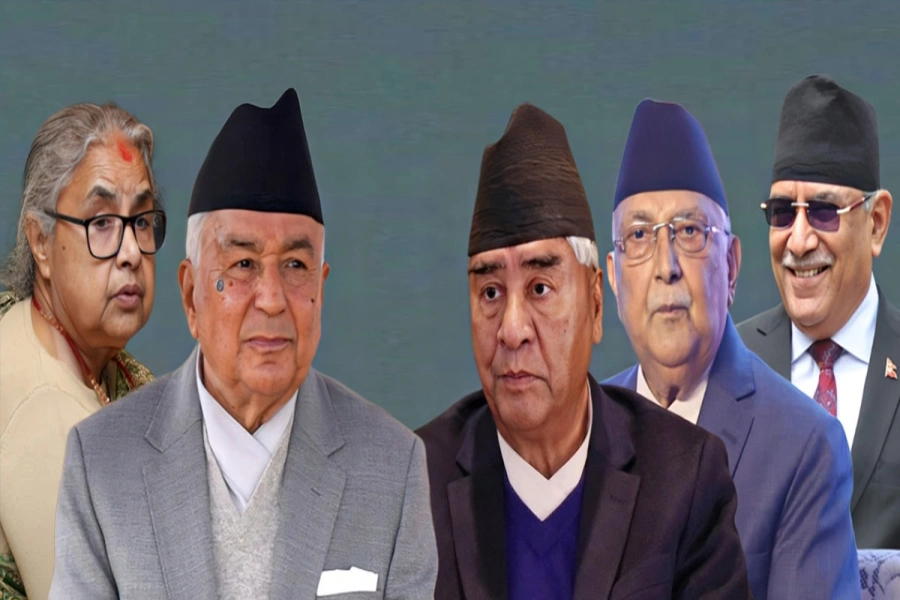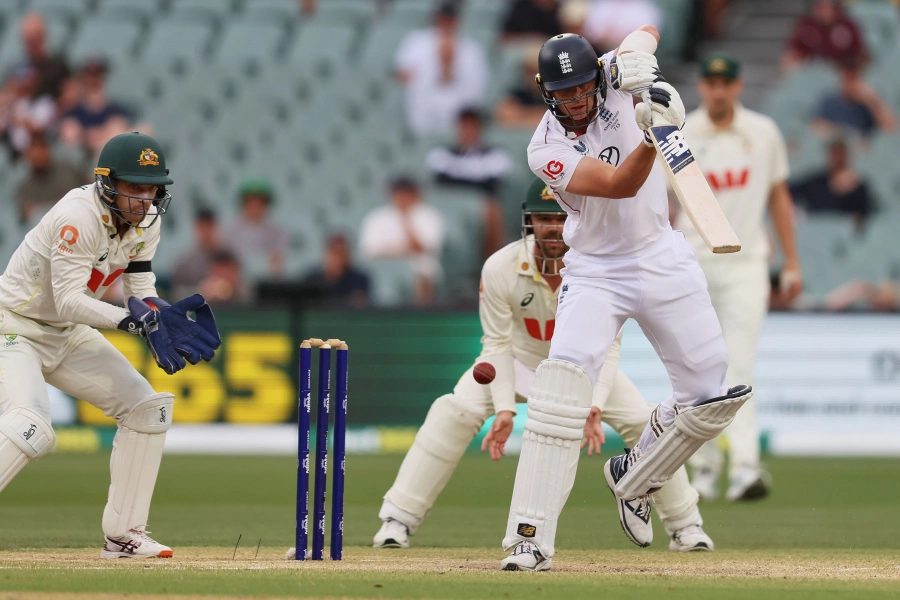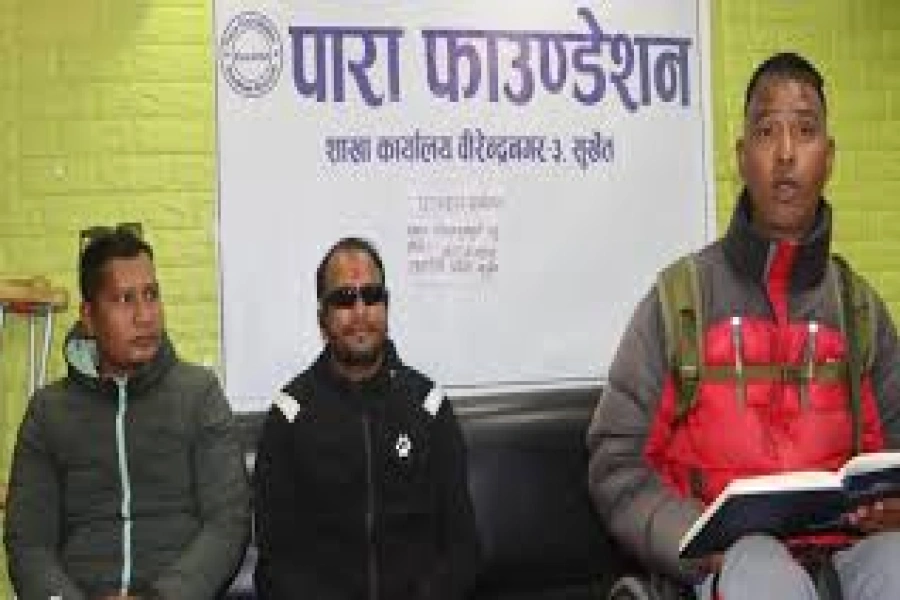Often, petty interests of political parties override national interests. Since more parties mean more diverse interests, undue pressure is put on the Prime Minister to reconcile differences, and at a certain point, it leads to their breaking.
The fragility of the government is already evident when a coalition government with the support of the CPN (UML), the second-largest party, failed to gain parliamentary support and immediately shifted the goalpost towards the largest party to form a coalition government. With this illustration in mind, it is exemplary that the coalition government always remains weak and helps to weaken democracy further. Therefore, the coalition is also the cause of the instability that hinders the smooth transition of democratic progression.
The making and breaking of political coalitions under fragmented electoral outcomes are common political practices in democratic countries, where a proportional electoral system is often used. Therefore, it is the normal norm of the proportional electoral system. Nepal is also one of those countries where we have happily accepted this, and its inception has invited political chaos, fragmentation, and unstable governance as its byproduct. The present coalition government was formed by breaking the coalition made by the Nepal Communist Party led by KP Oli, who had wholeheartedly supported Pushpa Kamal Dahal to lead the government after the results of the November 2022 election. However, the largest party, by electoral numbers, was the Nepali Congress. The second-largest party lent support to the third largest and asked to form the government, which was quite unnatural in a parliamentary democracy. But parliamentary democracy is also based on majoritarian representation in the parliament, so crookedness and political maneuvering may take any unpredictable turn.
Poll alliances to continue in Phase II despite poor results in...

In the political history of Nepal, the first government post-1951, at the onset of democracy in Nepal, was a coalition of the Ranas and the Nepali Congress. The strange bedfellows Rana-NC government fell apart on 18th February 1952, nine months after its formation on 16th November 1951. The legacy of coalition culture, once again, reappeared after a hiatus of 30 years of desertion under the partyless Panchayat system of governance, after the restoration of the parliamentary system of governance in 1990. A majority government of CPN-UML failed to garner the required parliamentary support to stay in power, and Sher Bahadur Deuba from the Nepali Congress became the Prime Minister with a coalition government supported by the Rastriya Prajatantra Party and Sadbhawana Party. The Rastriya Prajatantra Party, a staunch supporter of monarchy and a traditional conservative political outfit, was a political party composed of former Panchayat stalwarts, whereas Sadbhawana Party was a democratic but regionally Tarai-based one. Between 1994 and October 2002, ten minority or coalition governments were formed and dismantled due to political instability, shifting poles and guards as the parties' petty interests served. From 2006 to 2015, during the interim period of political change, all the governments formed thereon were coalitions revolving around five leaders, namely Sher Bahadur Deuba, Madhav Kumar Nepal, Jhala Nath Khanal, Baburam Bhattarai, Pushpa Kamal Dahal, KP Sharma Oli, and Sushil Koirala. Mostly, three parties held power during this period: CPN-UML, CPN (Maoist Centre), and the Nepali Congress.
It is ironic that regardless of the adoption of a majoritarian electoral system or PR system or mixed electoral system coupled with first-past-the-post and proportional representation, Nepal has failed to get a majority government, except twice in the 1959 and 1991 general elections where the Nepali Congress secured a two-thirds majority and later a simple majority. In every stage of the political system's transformation after the people's movement, the government has been a coalition one: the first Rana-Congress government in 1951, Nepali Congress, left parties, and King's representatives in 1991, and Nepali Congress, CPN- UML, and CPN (Maoist Centre) in 2007 – each time led by the Nepali Congress. But most of the governments were formed and ruled the nation from a coalition of center to left parties. What does it entail that most of the coalition governments are center-to-left parties?
The electoral system guides the outcome. The present constitution is the culmination of the compromise between the parties at the forefront of the mass movements of Maoists and Madhesis' agitation, which happens to be the entire center to the left parties at the helm of the governing seat. The grand old party, Nepali Congress, which is presently labeled as centrist, has had the political baggage of social democrat – a center-to-the-left – for many years until 1991. The rest of the communist parties, however, have changed their interface with the participation in multiparty elections and are regarded as socialist parties rather than the hardcore authoritarian communist. These parties, while opting for an electoral system, would go with whichever is favorable to them – as the mixed electoral system always favors the left-leaning parties. And proportional representation, by its nature and ideals, presents mixed results, hardly offering any chances to get the majority for any particular political party. But most of the time, it overwhelmingly supports the socialists. It has been seen that PR systems tend to have left-wing parties in government more often than majoritarian systems.
This is because a proportional representation is propagated, devised, and practiced to address inequality in all manifestations and forms, favoring the disadvantaged, marginalized, and vulnerable who are living at the bottom of society. The reason behind adopting a mixed electoral system lies on this pretext, where our constitution of Nepal has explicitly stipulated that Nepal is a socialism-oriented nation, and thus the electoral system takes into account the same spirit that favors the disadvantaged and vulnerable groups of society. Therefore, the electoral system of Nepal is attributed to and composed of majoritarian and proportional elements with a 60:40 ratio. The outcome of the November 2022 election is also mixed, with neither party securing the single largest majority of seats required to form a government. The fragility of the government is already evident when a coalition government with the support of the CPN (UML), the second-largest party, failed to gain parliamentary support and immediately shifted the goalpost towards the largest party to form a coalition government. With this illustration in mind, it is exemplary that the coalition government always remains weak and helps to weaken democracy further. Therefore, the coalition is also the cause of the instability that hinders the smooth transition of democratic progression.
Although there are some examples of successful countries that have opted for the proportional representation system and are able to achieve a corruption-free society with participatory and inclusive development, it is worth noting that stability in democracy with fragmented voting results can be challenging. In this category, Nordic countries like Denmark, Sweden, and Norway are at the forefront. These countries have successfully upheld democratic values and have preserved the equality and prosperity of the nation. Similarly, Belgium also has a proportional representation electoral system, where parties rarely get a majority government. An example of Belgium, where proportional representation is in place, speaks louder about the instability of democracy with fragmented voting results. In 2007, there was a 194-day vacuum and 589-day vacuum in 2011, the longest in political history, without an elected government in Belgium. It was the bureaucracy that ran the government smoothly without any hindrances or hiccups.
Despite having certain disadvantages, the proportional representation system also has positive elements to be reckoned with. It is able to address social equity and inequality. Since the coalition government is considered weak, it often seeks consensus while adopting and pursuing public policies in various national, socio-political, and economic issues. In the long term, this approach yields positive outcomes for the nation. A coalition government represents the diversity of differences and therefore encourages tolerance, flexibility, and cooperation among parties. Thus, those countries that follow the proportional representation electoral system do experience instability due to the formation and dissolution of coalitions repeatedly in the interest of political parties. Often, petty interests of political parties override national interests. Since more parties mean more diverse interests, undue pressure is put on the Prime Minister to reconcile differences, and at a certain point, it leads to their breaking.
Since there are pros and cons to every electoral system, and no one system is of high caliber without exercising it for the benefit of the nation diligently and decisively, a change in the electoral system alone may not guarantee the stability, equality, and prosperity of the nation. However, periodic revision and review of the system for its enhancement would be the right way to address people's genuine concerns. However, there is no specific technological solution for deficiencies. A well-thought-out electoral system that could produce both stability and prosperity should be devised and implemented after constitutional amendment. The existing electoral system is suitable for left-wing parties and does not support centrists and conservatives. Having a directly elected head of the government and a fully proportional House of Representatives would be appropriate for Nepal. Alternatively, following a majoritarian system entirely for the House of Representatives or reserving all seats of the National Assembly for proportional representation could be considered. The time has come to review the electoral system for all good reasons.



